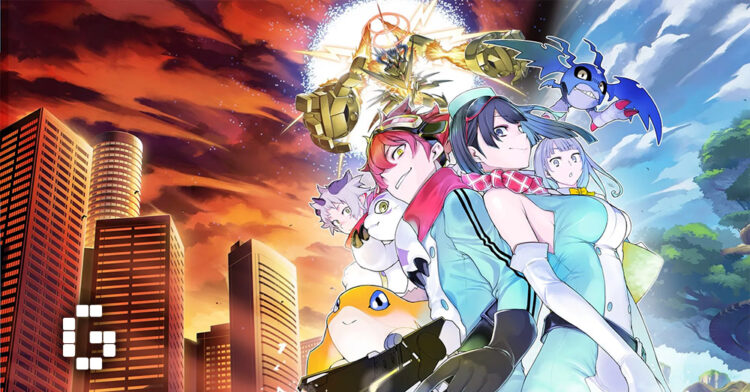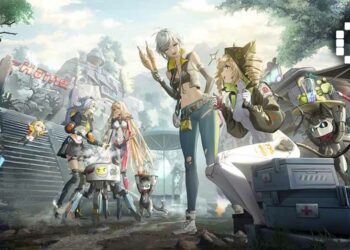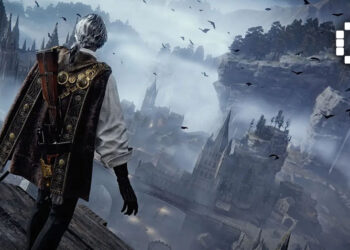During a recent Bandai Namco Entertainment media event in Singapore, we had the opportunity to sit down with Producer Ryosuke Hara to discuss the highly anticipated Digimon Story Time Stranger. Hara, who previously worked on major titles like Dragon Ball Z: Kakarot and Dragon Ball: The Breakers, brings his experience to what promises to be the biggest Digimon game in years. In our conversation, he shared insights about the game’s ambitious scope, its focus on the bond between humans and Digimon, and why this entry takes the series in an exciting new direction.
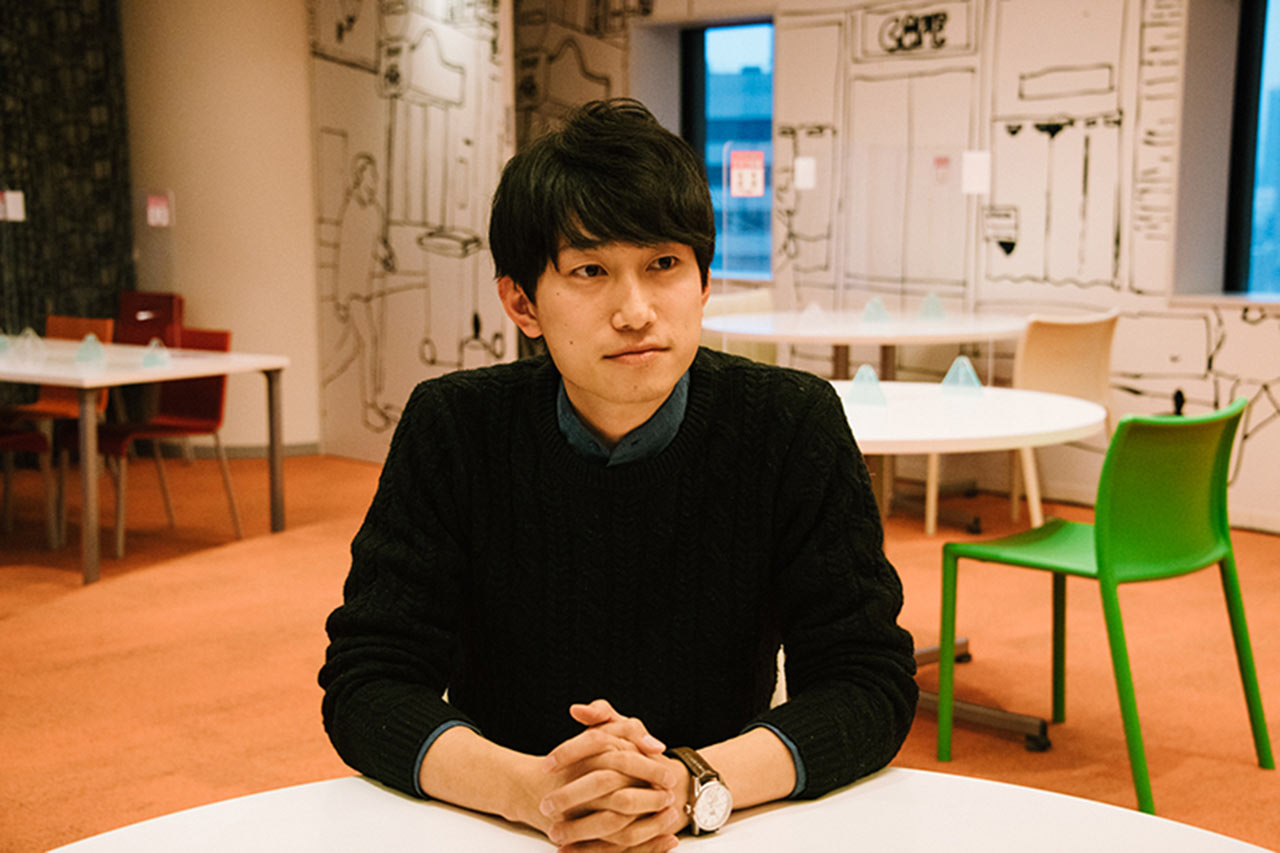
A New Adventure in the Digital World
Unlike previous Digimon Story games that focused on cyberspace, Time Stranger takes players directly into the Digital World itself. “The previous title was not set in the digital world known as cyberspace, but rather in an intermediate space just before entering that world,” Hara explains. “However, this new title takes a completely different approach—this time, the adventure unfolds fully in the digital world, where players dive right into that setting.”
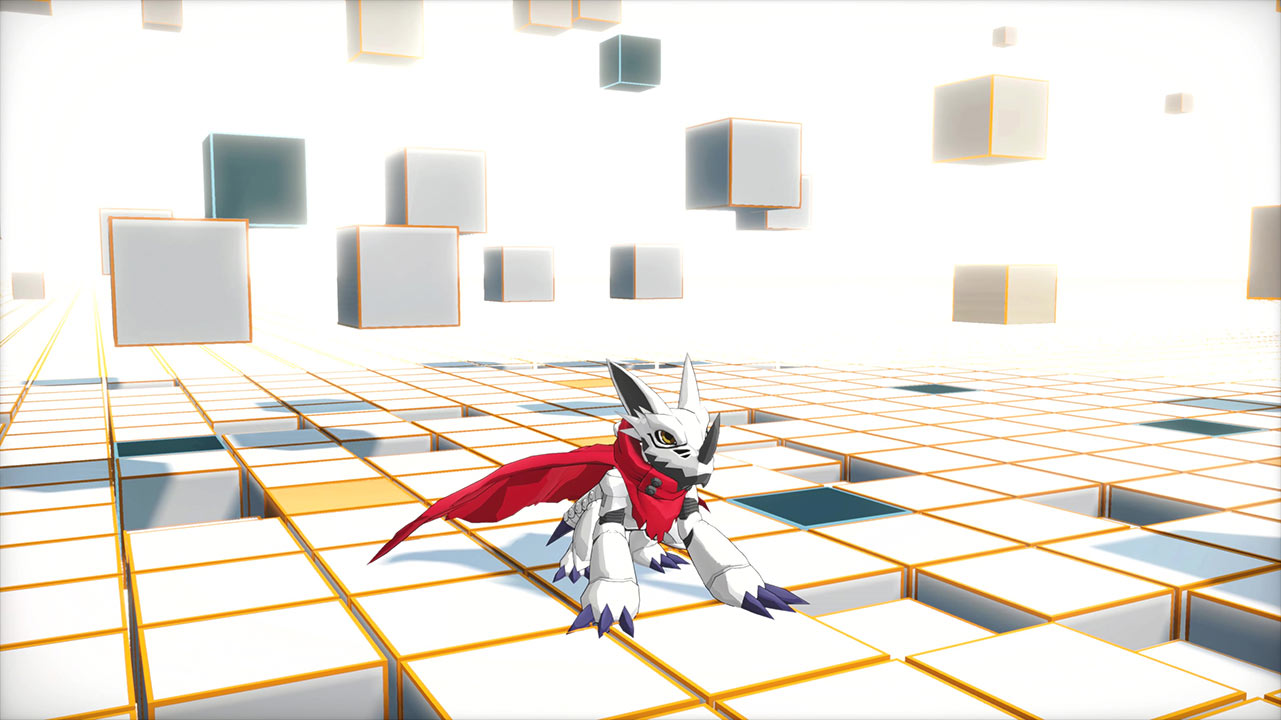
The game’s story centers around the Olympos XII Digimon, drawing heavily from mythological themes. “As the name suggests, the number twelve is associated with mythology, and we consciously designed the digital world and its story with a mythological worldview in mind,” Hara notes. This mythological approach extends beyond just the Digital World, as players will travel between the real world, past, and future while trying to prevent an impending world collapse.
One of the most exciting new features is the Digi Ride system, which lets players ride various Digimon throughout their adventure. The concept came from a simple but heartfelt place. “To be honest, it was simply one of the ideas that came from thinking, as a Digimon fan, ‘What kind of things would make me happy as a Digimon lover?'” Hara shares.
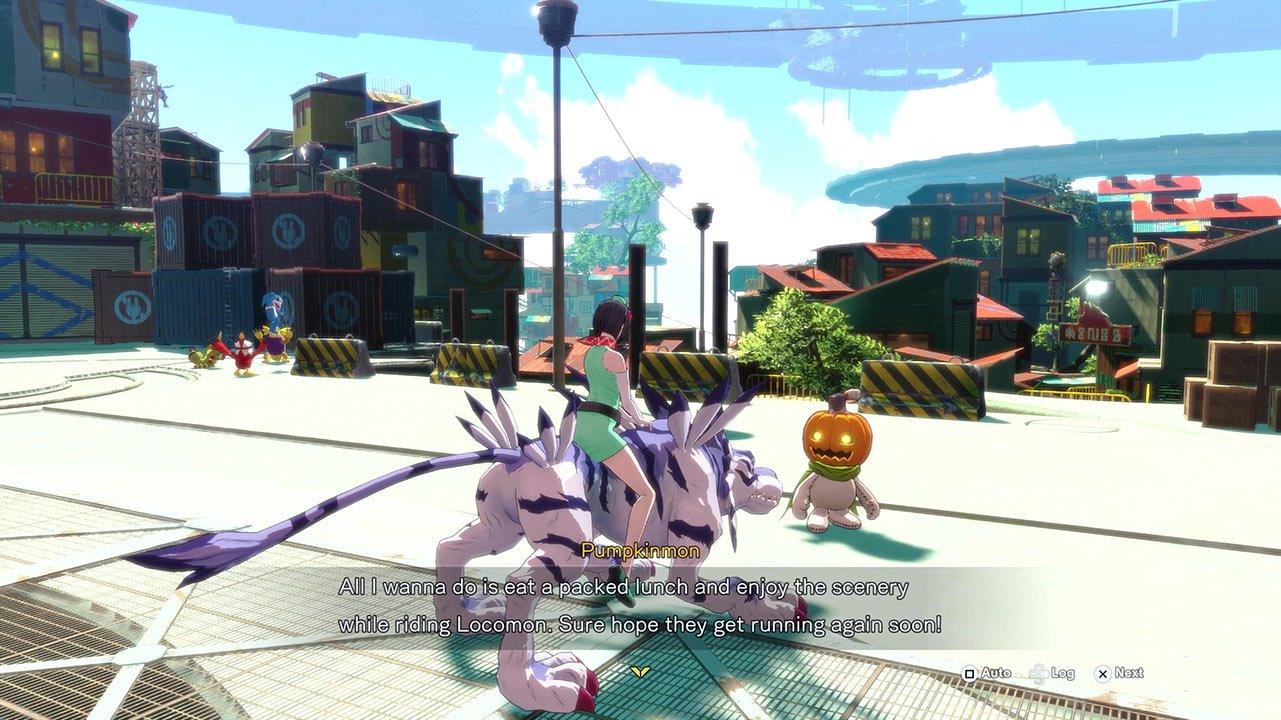
Importantly, the riding system doesn’t provide gameplay advantages. “The ride system doesn’t include any gameplay advantage in terms of game progression. That was a deliberate choice. It’s purely meant to let players enjoy the idea of adventuring through the digital world alongside their favorite Digimon,” he explains. The team chose rideable Digimon based on their appearances in the animation series, with Beelzemon and MechaNorimon being particular highlights that Hara is excited about.
Spotlight on Aegiomon and the Olympos XII Connection
Fans might be surprised to see Aegiomon featured prominently as the heroine’s partner Digimon, given that it’s not one of the most popular creatures in the franchise. Hara reveals there’s a specific reason for this choice: “The main reason is that he has a strong connection to Olympos XII, who plays a central role in this game. Those who have followed Digimon closely over the years may already understand why he’s being spotlighted at this particular point in time.”
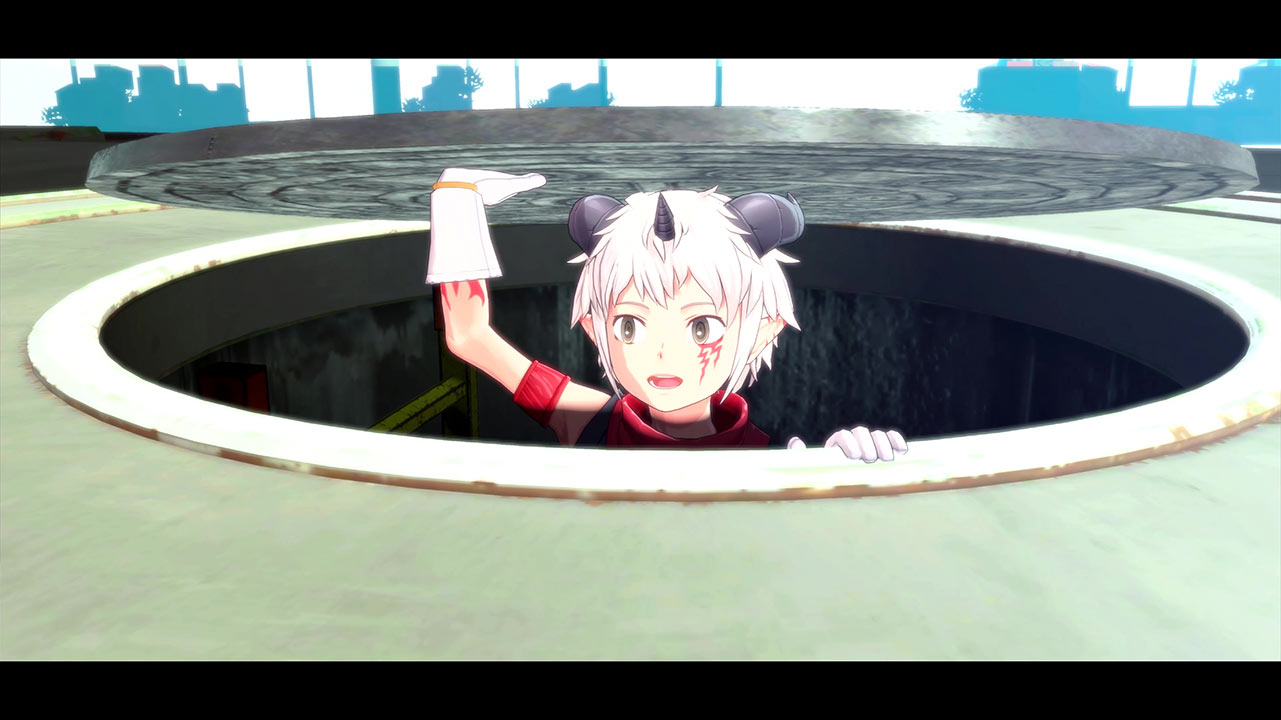
Despite being part of an ongoing series, Time Stranger is designed to welcome newcomers. “There’s no need to have played any of the previous games. In fact, not just Digimon Story—even if someone has never experienced Digimon at all, we believe they can still thoroughly enjoy this title,” Hara assures. The game achieves this by having the protagonist start as an agent with no prior knowledge of Digimon, letting new players learn alongside the main character.
Technical Achievements and Time Travel as Storytelling Device
Moving to current-generation hardware required significant technical upgrades. “We basically had to completely remake them from the ground up, including the internal structure and framework. Since the previous title, Cyber Sleuth, was developed with the PS Vita as the base, in order to support the latest hardware, we had no choice but to completely remake everything,” Hara explains.
The team worked closely with Xbox to bring the game to new platforms. “We received a lot of support from the Xbox team to help us fully realize those visuals and make sure everything ran smoothly. This collaboration allowed us to faithfully represent the Digimon and the setting in high quality,” he says. The game features Central Town populated with numerous Digimon, showcasing the technical capabilities of modern hardware.
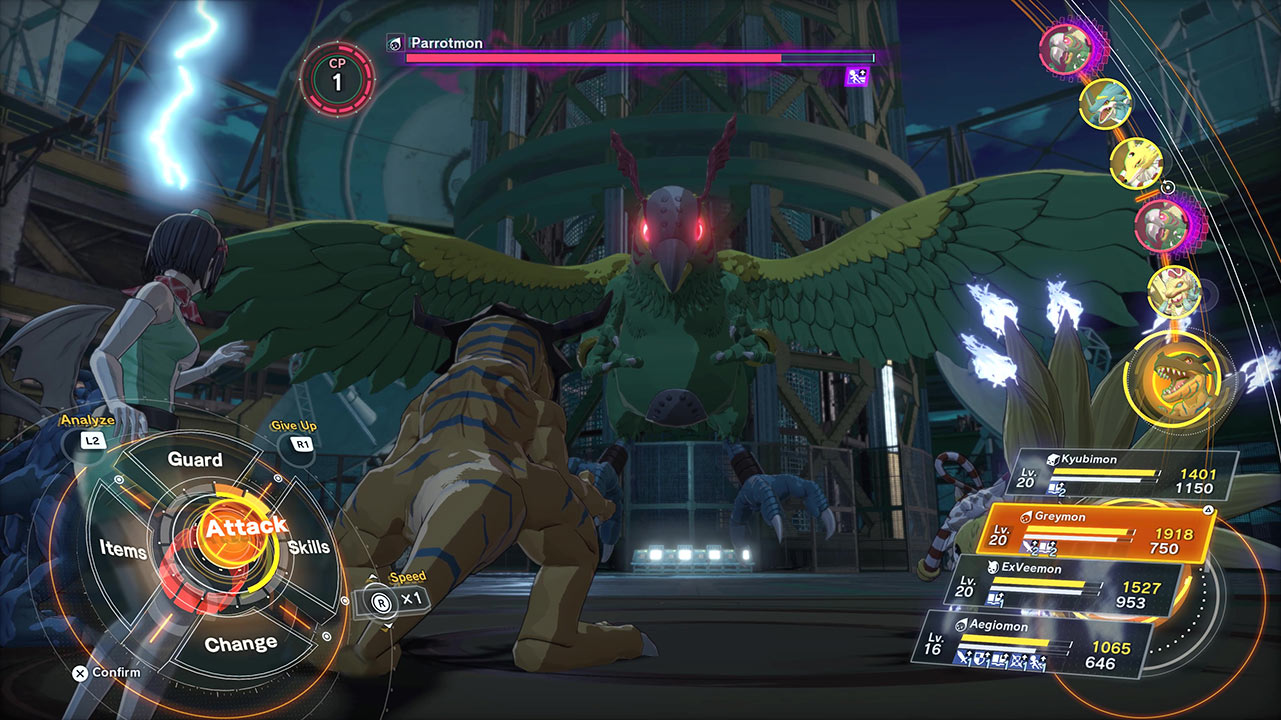
Rather than using time travel as a gameplay gimmick, the team approached it as a way to strengthen the core theme. “One of the core themes we wanted to express in this work is the bond between humans and Digimon, which has always been a central, unchanging theme in Digimon,” Hara explains. “Rather than using time travel as a gameplay gimmick, it is more of a thematic device that deepens the emotional weight of the story and emphasizes the central bond between humans and Digimon.”
Massive Scale and Enhanced Systems
Time Stranger features over 450 Digimon, each requiring individual attention during development. “We had to work on various aspects such as the motion for them as NPCs, the motion when they are accompanying the player as party members, and on top of that, we’ve also added a new feature called ‘Digi Ride,'” Hara describes. Each rideable Digimon received individual adjustments for riding posture and speed settings.
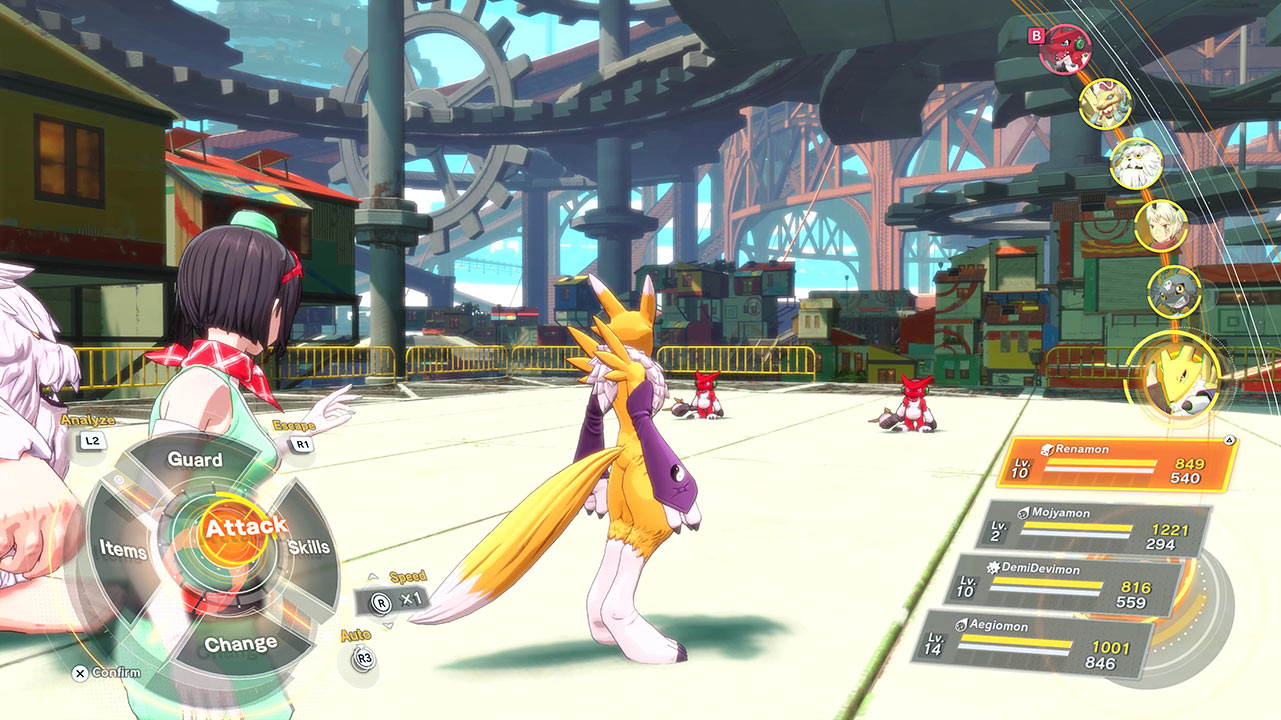
The game improves on three core elements: adventure, training, and battle. The adventure aspect features travel between multiple worlds with a much larger scale than previous games. Training now includes 450 Digimon with unique characteristics, plus protagonist growth that strengthens Digimon over time. Battle systems have been enhanced with new attachments that add skills, allowing players to combine their favorite Digimon with preferred abilities.
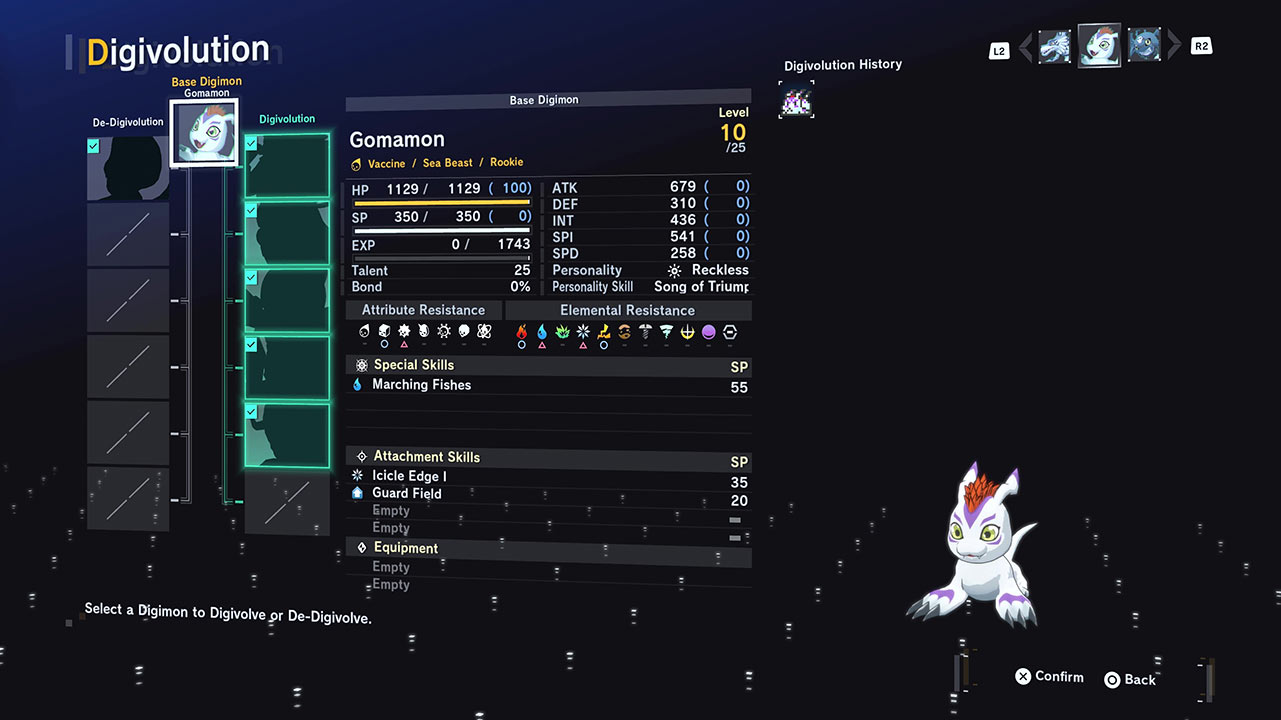
Side Activities and Post-Game Content
While the main focus remains on the story and Digimon collection, the game includes a casual card game feature. “The card game is something that you can play casually, it’s meant to be more of a breather from the main storyline,” Hara explains. Unlike previous games’ medal system, collectible elements have been transformed into cards for light gameplay.
For dedicated players, significant post-game content awaits. “After clearing the main story, new content will be unlocked, so we believe the difficulty level will increase significantly, and it’s content designed for players who want to dig deeper and really master the game,” Hara promises.
A Labor of Love
The extended development time allowed the team to fully realize their vision. “One of the reasons the development took such a long time is because we spent a great deal of effort fleshing out the worldbuilding to really emphasize that theme,” Hara reflects. “This theme, this world, particularly the story centered around Olympos XII required a lot of focus. Molding all of that into a cohesive narrative was one of the biggest time investments, but we believe the final result is something we’re truly satisfied with.”
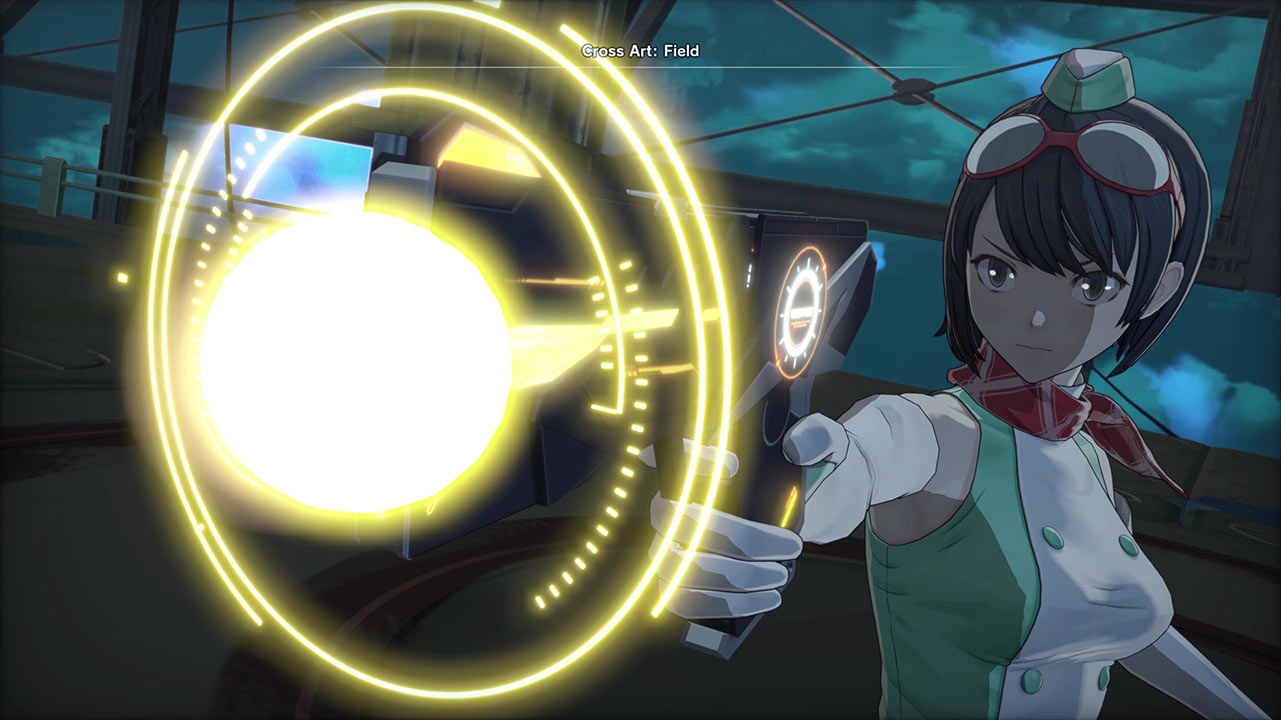
With its focus on the timeless bond between humans and Digimon, enhanced by mythological storytelling and cutting-edge technology, Digimon Story Time Stranger which releases October 3, 2025 appears poised to deliver the definitive Digimon experience for both longtime fans and newcomers alike.


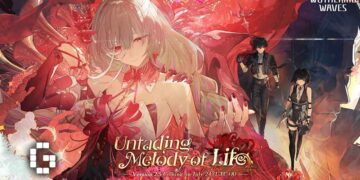

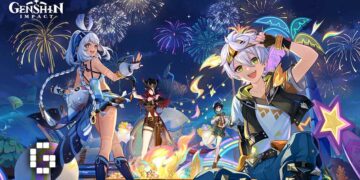



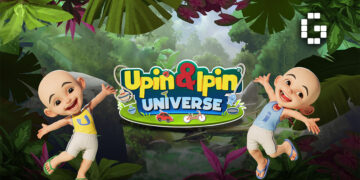


![[EXCLUSIVE] Creative Masterminds from Gearbox Software Reveal What Makes Borderlands 4 Worth the Wait](https://cdn.gamerbraves.com/2025/07/Borderlands-4-at-Bilibili-World-2025_Interview_FI-360x180.jpg)


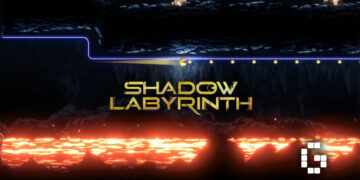

![[ASIA EXCLUSIVE] Bringing Back a Classic: Inside the Making of FINAL FANTASY TACTICS – The Ivalice Chronicles](https://cdn.gamerbraves.com/2025/06/FFT-Ivalice-Chronicles_Interview_FI2-360x180.jpg)


